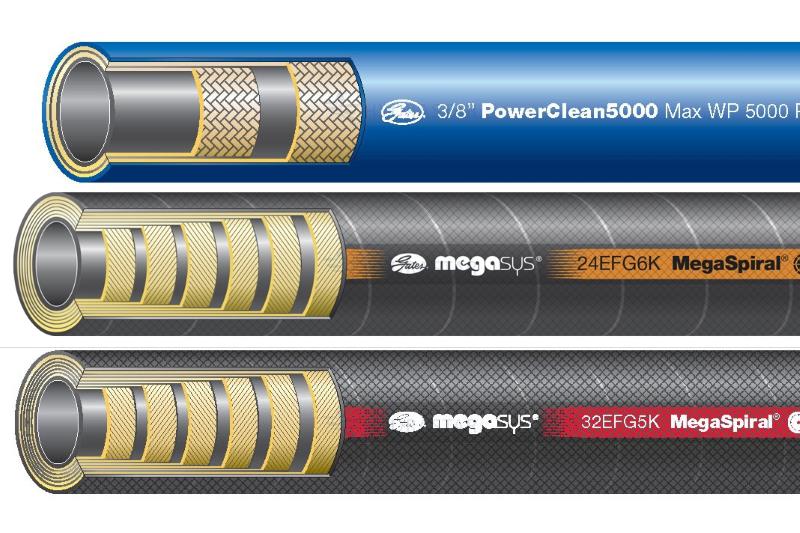A damaged hydraulic hose can slow down an application by causing a leak. Unidentified and unnoticed hose damage can lead to system breakdown. Since hydraulic equipment is usually an integral part of a larger system, keeping spare parts in excellent condition is the key to successful operation.
Hydraulic hoses carry high-pressure fluids while flexing and moving along with the equipment. In order to do that, the hose must be highly durable and flexible. The majority of stress is applied to the connection point. Hydraulic hose fittings are usually where leaks occur since they experience high pressure without the ability to flex.
Repairing a damaged hose is usually impossible. ‘Repair’ involves either replacing the hose or replacing the fitting. You can replace the hose on your own if you follow these simple steps.
1) Remove The Damaged Hose
Once you identify the problem area, you need to remove the damaged part of the hose. You need to clean the area thoroughly before removing the hose in order not to allow any dirt and dust to enter the system and contaminate the hydraulic fluid.
Make sure the fittings and the hose ends are clean before going on to the next stage of the repair process.
2) Find The Right Replacement Parts
When you remove the damaged hose, make all the necessary measurements. Only by measuring the old hose precisely can you be sure the new hose fits perfectly. The same is true for the fittings.
The fitting’s size is slightly harder to determine since it has threads. However, with the right tools, you can easily measure hydraulic fittings. Once you find and purchase the right replacement parts, the rest of the replacement process doesn’t take long.
3) Lubricate The Fitting
Before installing the new hose, you need to add adequate lubrication. The hydraulic hose fittings need plenty of lubrication in order to provide a top-notch seal. Apply the lubrication to the fitting and then turn it over several times in order to make sure that the lubricant is spread around the internal part of the fitting.
Once the fitting is lubricated, you can push the hose inside it. You may need to use a crimper in order to put the hose in place and provide a proper seal.
4) Test The System
Once the new hose and fittings are installed, you need to test the system. Observe the system for a few minutes to make sure there are no leaks. In rare cases, the new hose may start leaking right after the installation.
This may mean that part of the system is under too much pressure, which signifies that the damaged hose is just a symptom of a bigger problem. Another reason for the leak may be improper installation of the new hose.
At Hydrastar, we provide all types of replacement hydraulic system parts, including hydraulic hose fittings, gate hoses, and more. For more information about our products and services, please download our free e-book How To Minimise Downtime With Pneumatic Plant & Machinery.



